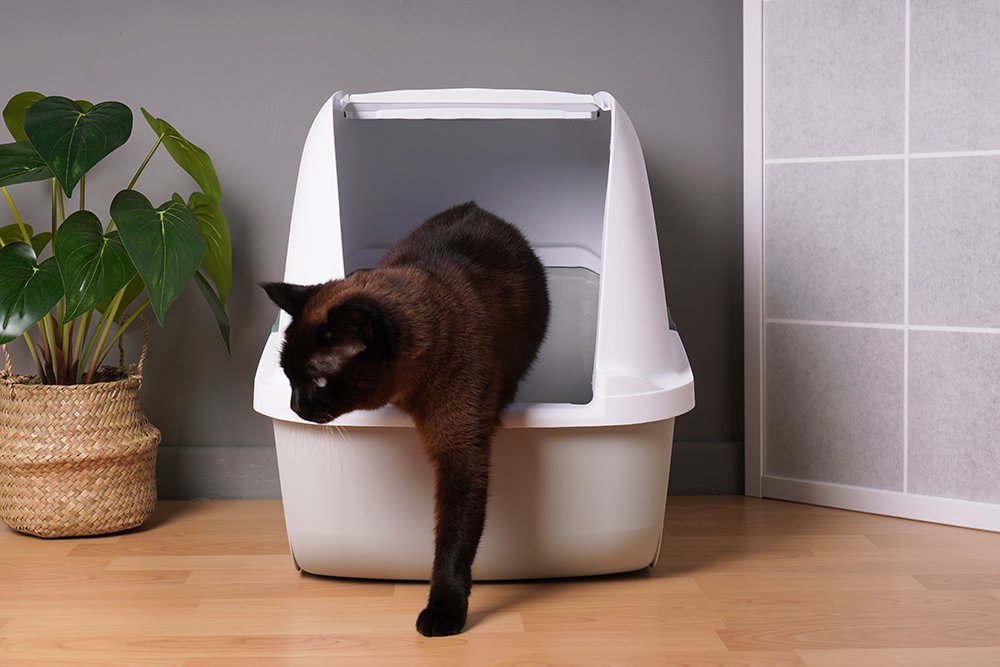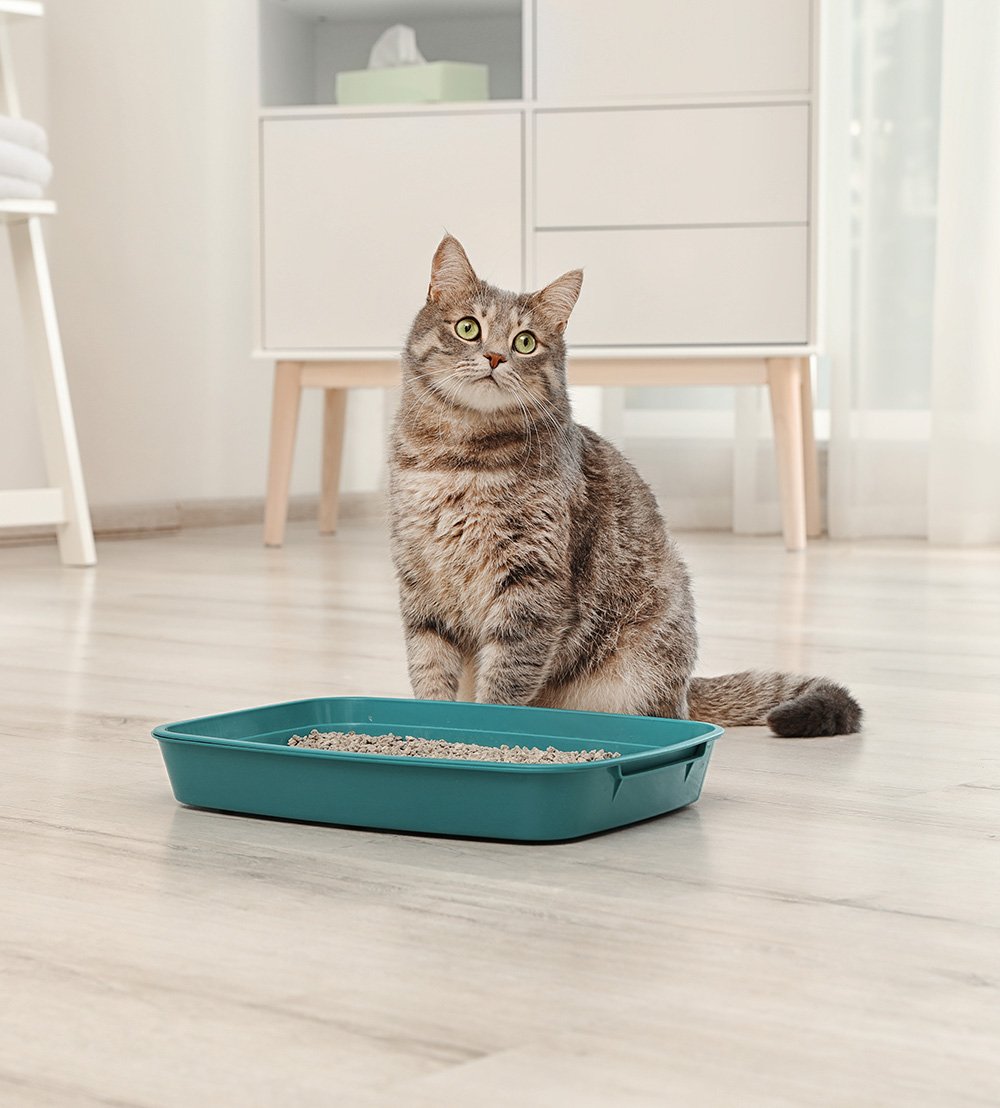LITTERBOX
ISSUES
LITTER BOX PROBLEMS
Litterbox problems are among the most common issues that cause clients to contact a behaviorist. Owners don’t want a house that smells like urine or feces (obviously!) and, as cats are compulsively clean animals, toileting issues generally signal a severe physical or behavioral problem that needs addressing.
Medical conditions such as bladder or urinary tract infections, bladder stones, and gastrointestinal disorders can cause discomfort or pain, leading cats to avoid the litterbox. Behavioral issues such as stress, anxiety, and territorial conflicts with other pets in the household or animals outdoors can also deter cats from using their litterbox. Furthermore, dissatisfaction with the substrate, box cleanliness, size, amount or location can contribute to litterbox issues.
When addressing cat litterbox aversion, a comprehensive diagnostic approach is essential to identify and address any underlying medical or behavioral issues. Veterinary consultation is crucial to rule out medical conditions through physical examination, urinalysis, and other diagnostic tests. If medical causes are ruled out, thoroughly evaluating the cat's environment and social dynamics within the household can provide insights into potential behavioral triggers.
BEHAVIORAL LITTERBOX PROBLEMS
Behavioral litterbox problems in cats can manifest in several ways, including:
Avoidance: Cats may refuse to use the litterbox, choosing alternative locations such as carpets, beds, or laundry baskets.
Spraying: Unneutered male cats, and occasionally females, may spray urine outside the litterbox to mark territory or communicate with other cats.
Anxiety-related: Stressful events, changes in the household, or conflicts with other pets can lead to anxiety-related litterbox problems.
Preference: Cats may develop preferences for certain litter types, box styles, or locations, leading them to avoid using the litterbox if their preferences are unmet.
Behavioral interventions may involve environmental modifications and intellectual stimulation. Additionally, addressing any sources of stress or anxiety through environmental enrichment, pheromone therapy, or additional behavior modification techniques can help alleviate litterbox aversion in affected cats.
BOOK A
CONSULTATION
We’ll prepare a proposal and walk you through every step of the process.






